The European Commission said Wednesday that its Business Climate Indicator rose in November to hit its strongest since June 2007. The outlook for both production and export orders improved, indicating the economy is benefiting from the upswing in global demand.
Why would I be writing about ‘danger’ when we are experiencing the first synchronized global economic upturn in over 8 years?
It’s the business cycle.
The last time I was this bullish on the global economy, it was 2009. And I was forced to defend my optimism because we were coming out of a deep, deep recession. And March 2009 was a great time to buy shares. People like Jeremy Grantham were calling this moment in real time too. But that was at the beginning of the business cycle, when shares were deeply oversold, with the S&P 500 famously hitting 666 on the downside.
Now we are deep into the business cycle. And so I am not the only one who is bullish on the economic outlook. Everyone is bullish. And for good reason. Look at the Atlanta Fed’s Q4 GDPNow tracker. The latest forecast is for 3.4%. That’s after the two previous quarters were also over 3%. Data released just this morning shows Q3 at an even faster 3.3% than the first estimate of 3.1%.
It’s not inconceivable, given upbeat forward-looking data like the New Orders index in the latest ISM Non-Manufacturing Report on Business, that we get thru 4 consecutive quarters of 3%+ growth in the US. That would break us out of the 2%ish channel we have been in for almost the entirety of the business cycle.
What that means, of course, is that the news is priced in. Market valuations reflect optimism about the economy, now and into the foreseeable future. In fact, I would argue that the signs of ‘irrational exuberance’ – or ‘animal spirits’ or whatever you want to call it – are all around us. In the US, this is true whether you look at high grade or high yield credit. And whether you look at bonds or equities.
In fact, Goldman Sachs is saying that cross-asset valuations today are the highest they have been since 1900.
This is where the danger lies.
And I would argue it’s not about bubbles popping. The housing market in Australia shows you that markets deemed overvalued can maintain that overvaluation for a long time as long as the economic backdrop is favourable. The risk here is policy — policy error to be precise. And I have to come back to the flat yield curve here to make this point.
If we think of a long-term risk free interest rate like the 10-year Treasury bond yield, it helps to disaggregate it into three components. There’s the longer-term expectation about real interest rates, the expectations for inflation and the premium (or the lack thereof) that one will pay for taking the risk of holding an asset that can fluctuate for a longer maturity. A flattening yield curve tells you that either the term premium or inflation expectations have diminished. And the biggest reason they go down is because people expect bad things to happen economically.
In a nutshell, a flattening yield curve is like a canary in the coal mine. It is a early warning signal that even though everything seems to be coming up roses, something isn’t quite right about the economic outlook.
What does the Fed do about this then? This is where the real danger lies, right? Two days ago, Jerome Powell, the incoming Fed Chairman, basically said we are on track for hikes. “We expect interest rates to rise somewhat further and the size of our balance sheet to gradually shrink,” he said. If you look at Fed forecasts, that means four hikes through the end of next year. If we move into the 3% growth realm by April, as I said is possible at the outset, you could even get five hikes. Fed policymakers have even said so explicitly.
The big picture then is this: a global economy into its ninth year of the business cycle that is starting to gain momentum with the US flirting with 3% growth and 4% unemployment with richly priced asset markets but a flattening yield curve.
We’ve seen this picture before.
In fact, in the post-Bretton Woods era of floating exchange rates since the early 1970s, every economic cycle in the US has ended with a Fed tightening cycle that pushed the yield curve to inversion. The last economic cycle ended after the Fed’s Chairman Alan Greenspan wondered aloud about the Fed’s ‘conundrum’ that long-term rates were actually declining as the Fed raised its policy rate. The Fed decided to continue raising rates, with the yield curve first inverting in February 2006. Future Fed Chair Ben Bernanke said the next month that we shouldn’t worry about that; he said long-term US interest rates were low because we were experiencing a “global saving glut”.
So the Fed continued to raise interest rates even after this initial inversion.
The curve briefly turned positive. But eventually, in June 2006, the yield curve inverted again.
And when the yield curve remained inverted in early 2007 days after Household Financial’s credit writedowns began the financial crisis, Bernanke doubled down on his ‘savings glut’ hypothesis and upbeat remarks on the economy.
“There’s been a good bit of evidence that the declines in the term premium and perhaps a great deal of saving chasing a limited number of investment opportunities around the world have led to a somewhat permanent flattening or even inversion of the yield curve, and that pattern does not necessarily predict a slowing in the economy or recession.”
As fate would have it, a recession would begin in December 2007.
In retrospect, one could argue that the Fed’s late interest rate hike campaign was a policy error – that the Fed should have seen the flattening yield curve as a canary in the coal mine and resisted raising its policy rates despite any concern about elevated asset prices.
I think this is the Fed’s real conundrum this late in a business cycle. If the economy is running solidly and leading economic indicators are bullish, the Fed is hard-pressed to not raise rates in an environment in which headline unemployment is low and falling, asset prices are rich, and lending standards have loosened — even if the yield curve is flattening. Aren’t they supposed to take the punch bowl away?
I don’t have the answer to that question. Time and again, late in the cycle, the Fed has indeed taken the punch bowl away. And the result was recession and financial crisis.
That’s exactly why this is the most dangerous period in the business cycle
UPDATE 30 Nov: I talked about these very issues on CBC’s On the Money program on today. Take a look.
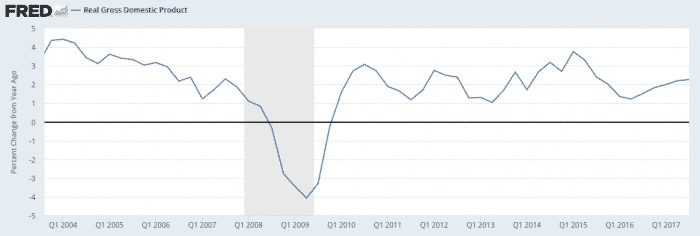
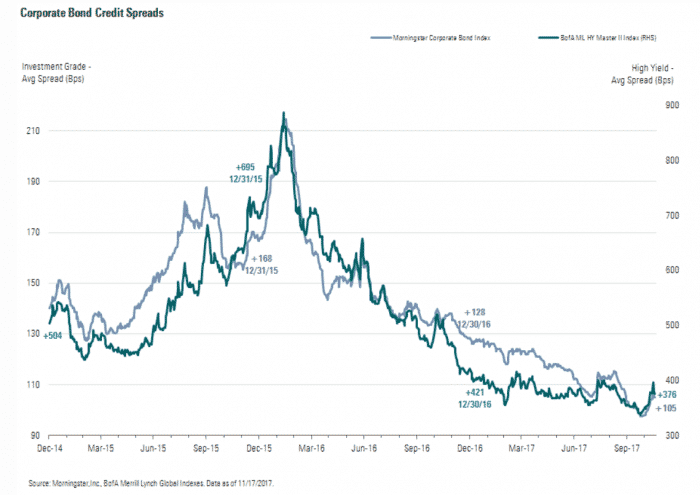
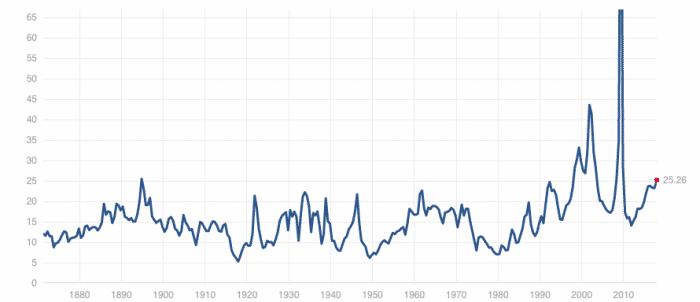
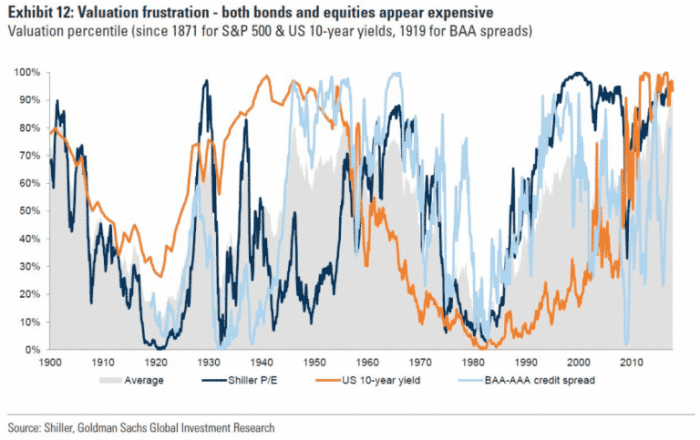
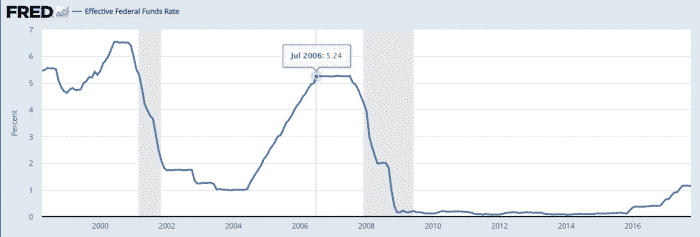
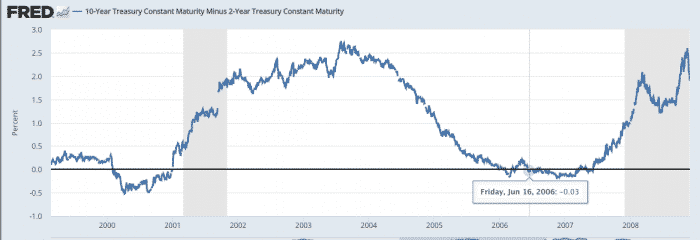
Comments are closed.